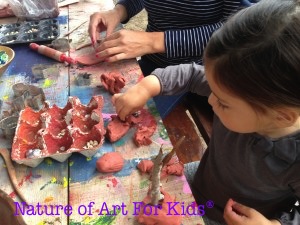
By Spramani Elaun – Art Teacher
As an experienced art teacher for toddlers, I highly recommend introducing clay play activities to help develop fine motor skills and promote neural development. In this blog post, I will share my expertise on how to introduce clay, recommend suitable clay materials, and provide beginner clay activities.
Why is Clay Playing Beneficial
Playing with clay helps develop strong neural networks necessary for brain development. Learning to work with their hands at an early age is excellent for a toddler’s memory, as it builds implicit memory. Additionally, clay play involves dexterity movements that help toddlers build strength in their fingers, hands, and arms. It can benefit practical movements in their daily lives, such as feeding and dressing themselves, manipulating small pieces, and building with toys. Introducing clay play is an excellent way to start working your toddler’s muscles and help pave the way for educational success.
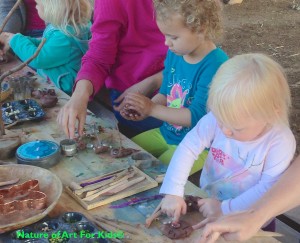
Best types of clay
There are three types of clay that I recommend for toddler art classes:
Pottery Earth Clay
Modeling Clay (Plastine)
Air Dry Clay
These clays are easy for toddlers to manipulate, malleable, and suitable for changing, squeezing, and transforming into playful forms. Pottery Earth Clay is fun and messy for children to play with and is recommended for outdoor use. It turns hard after air drying overnight.
Plasine Clay can be used indoors and is made from wax and pigments that do not harden, suitable for multiple uses. Air Dry Clay will harden overnight, and you can paint it if desired. You can find air dry clay activities and even purchase it from various brands such as Crayola Model Magic.
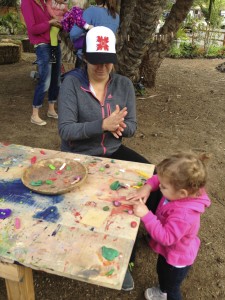
Beginner Activities for First Time Clay Play
Start introducing clay activities with easy set-ups. Begin with just clay, then gradually add clay tools, cookie cutters, and rolling pins. Introduce how to press and poke fun objects into the clay. My best tip is to start small and simple. The first time, only provide clay, then add one tool, and, as a follow-up activity, introduce how to press embellished into the clay. Start with clay play first, then gradually add more tools and art lesson complexity.
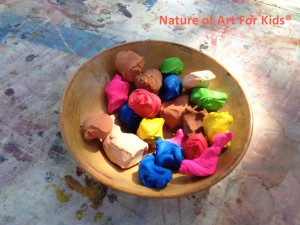
Advantages of Tactile Clay Learning
It’s crucial for toddlers to have ample tactile experiences early. Tactile learning allows toddlers to feel with their hands, sending unique neural information to their brain. You can gain further insight into this topic by reading my art guides.
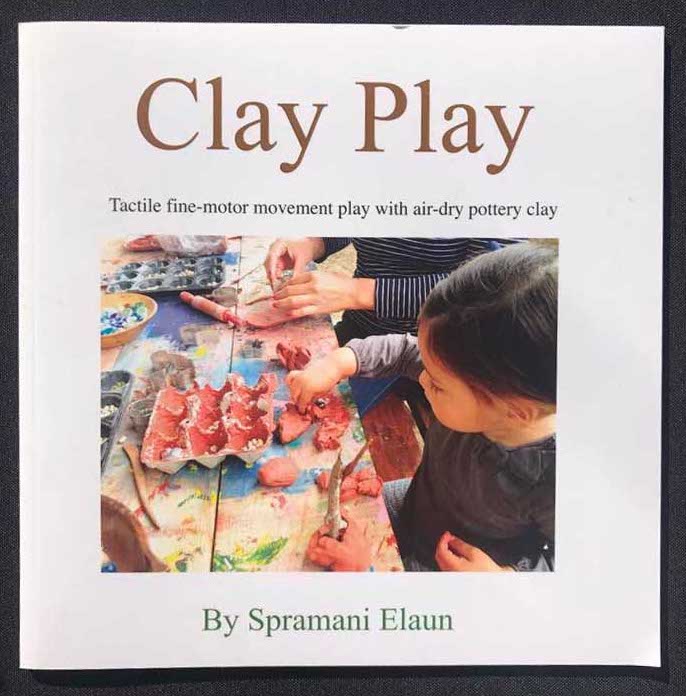
If you’re excited to start teaching clay play, my Clay Play book includes fun activities to do with clay. You can also find various clay modeling kits suitable for toddlers and order my sequential curriculum for toddlers and even elementary grades. Remember to take baby steps and start small so that you can manage the mess when introducing your toddlers to clay play. Gradually, they will learn to love it!
ORDER CLAY PLAY CURRICULUM HERE
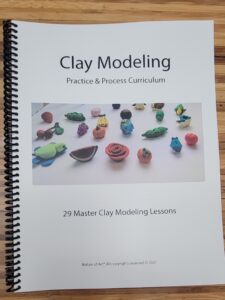
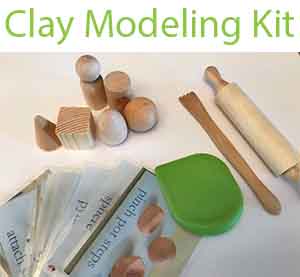
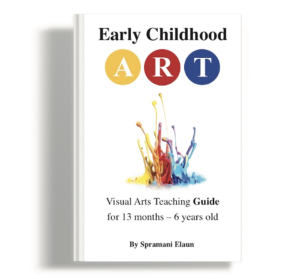
All rights reserved © 2025, Nature of Art®

No part of this blog may be used or be reproduced in any manner whatsoever including reproducing, publishing, performing, and making any adaptions of the work – including translation into another foreign language without written permission except in the case of brief quotations embodied in critical articles and reviews. Nature of Art® Publishing P.O. Box 443 Solana Beach, California 92075.



Recent Comments
[…] Fuente del artículo […]
Comments are closed.